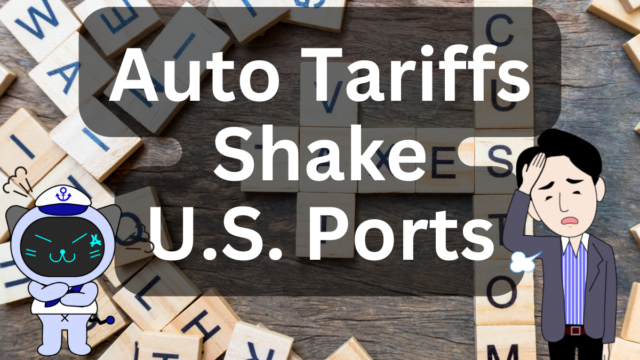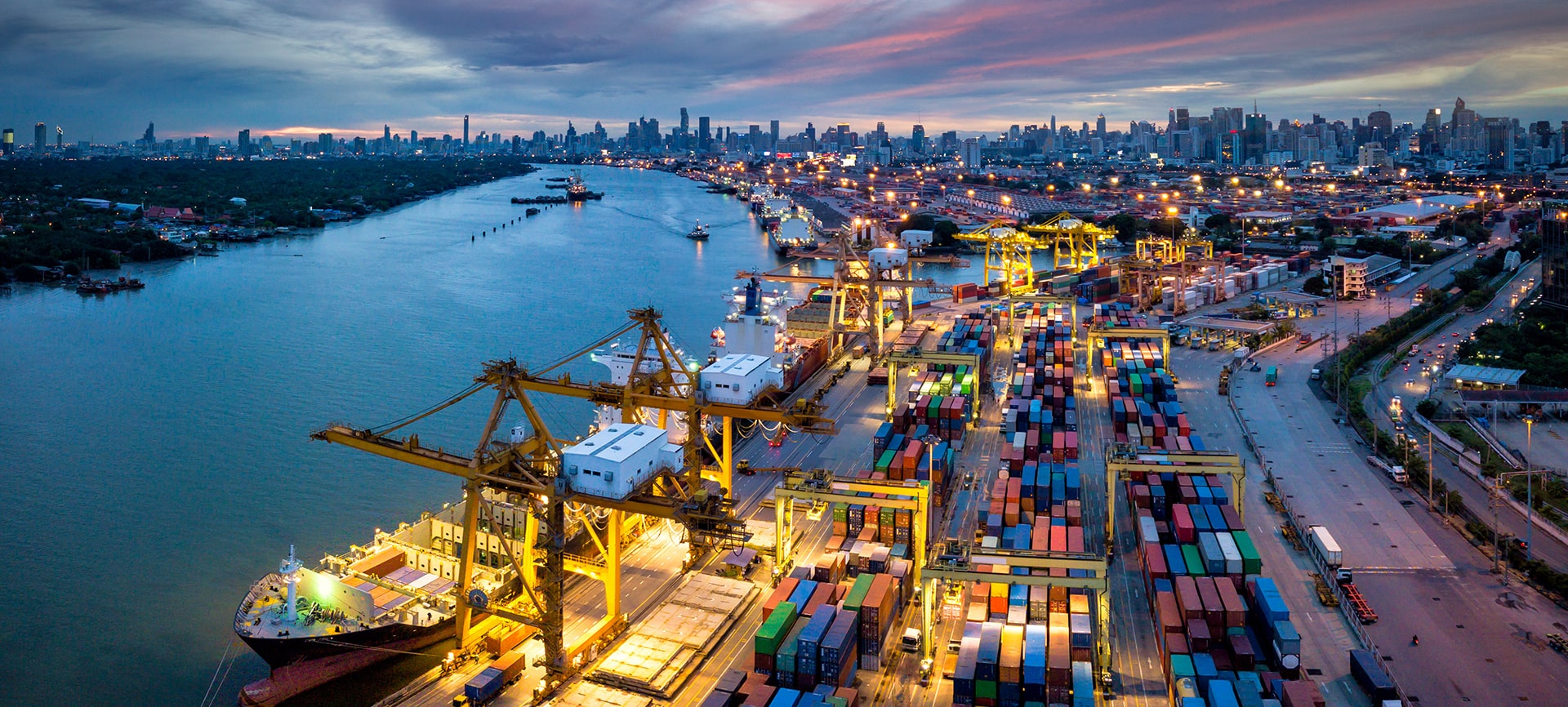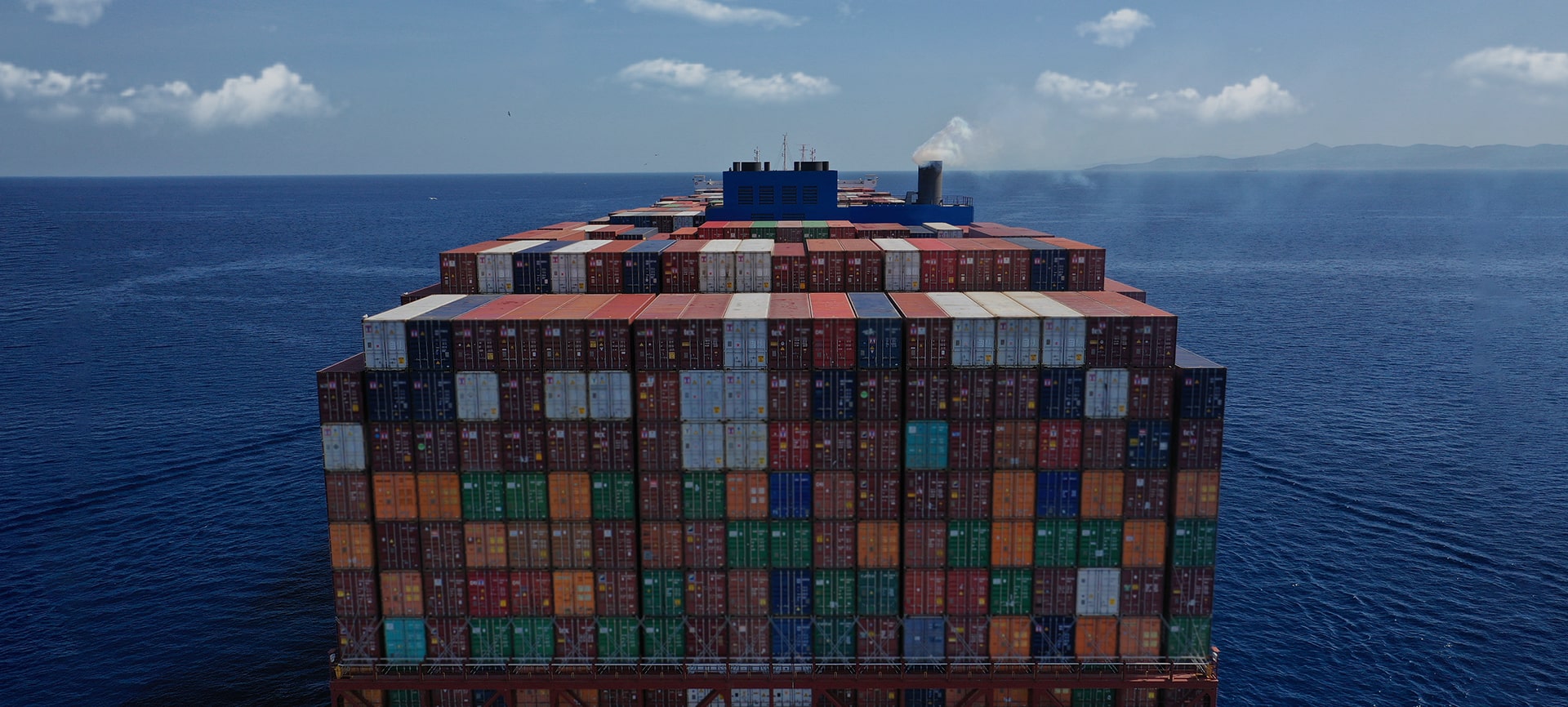Posted on: April 17, 2025 / Last updated: April 17, 2025
[Industry Trends] MSC Becomes First to Reach 900 Vessels! Focus Shifts to North-South Routes with Independent Operations
![[Industry Trends] MSC Becomes First to Reach 900 Vessels! Focus Shifts to North-South Routes with Independent Operations | IINO san's Logistics News](/wp-content/uploads/2025/04/20250417en.png)
This article explains MSC’s latest strategy, its moves in the Japanese market, and future logistics trends.
CONTENTS
◆ MSC Hits 900 Vessels—1,000 in Sight
Mediterranean Shipping Company (MSC), the world’s largest container carrier, has announced it now operates 900 vessels as of the second week of this month.
Including newly delivered ships, the total fleet could soon approach 1,000 vessels.
Previously, Maersk held the top position in the industry, but MSC has quickly expanded in recent years. Its current operational capacity exceeds Maersk’s by around 1 million TEUs, and this scale clearly supports its strong confidence in independent operations.
◆ Independent Operations as a “Means,” Not a “Goal”
In February 2024, MSC ended its long-term 2M Alliance partnership with Maersk and shifted to solo operations.
According to MSC Japan President Tokuhiro Kai, “Operating independently is not our goal but a means to quickly adapt to customer needs in a changing world.”
While most shipping alliances exist to raise vessel utilization and expand service coverage at lower cost, MSC’s massive fleet size gives it a unique advantage to maintain a global network solo.
◆ North-South Routes Become Growth Engines
Previously, container trade focused on East-West routes like “Asia–North America” and “Asia–Europe.” Today, attention is shifting to North-South routes like “Europe–Africa” and “Asia–South America.”
MSC has responded by reassigning 24,000 TEU-class mega vessels from Europe to Africa.
Kai predicts, “In a few years, people will look back and say 2025 was the turning point when trade flows shifted from East-West to North-South.”
As U.S.–China trade tensions and geopolitical risks rise, having flexible access to emerging markets is a must-have strategy for shipping companies.
◆ Port Infrastructure Key to MSC’s Japan Strategy
So how is MSC approaching the Japanese market?
Currently, MSC operates feeder services via Yokohama Port (Origami and Kaguya services).
However, Japan’s ports are shallow, and only a few can accommodate mega vessels requiring 18 meters or more in depth.
Port infrastructure upgrades are urgently needed.
Until then, MSC is relying on feeder connections rather than direct calls.
Within Asia, competition is fierce, and MSC is focusing on feeder-specific services rather than dedicated route dominance—an area for future development.
◆ Final Note: Writing This from a Hospital Bed
Incidentally, I’m currently hospitalized after Achilles tendon surgery.
I’m writing this blog from a hospital in Kyoto.
Even with limitations, I’m reminded that “Consistency is power.”
Hoping to regain my mobility and return to the field soon.
![[Industry Trends] MSC Becomes First to Reach 900 Vessels! Focus Shifts to North-South Routes with Independent Operations - HPS Trade Co.,Ltd](/wp-content/uploads/2024/05/logo.png)
![[Industry Trends] MSC Becomes First to Reach 900 Vessels! Focus Shifts to North-South Routes with Independent Operations - HPS Trade Co.,Ltd](/wp-content/uploads/2024/05/logo-wh.png)
![[Maritime Shipping Now] Container Freight Rates Remain Flat – What Lies Ahead? Impact of US-China Tensions | IINO san's Logistics News](/wp-content/uploads/2025/04/20250415en-640x360.png)









